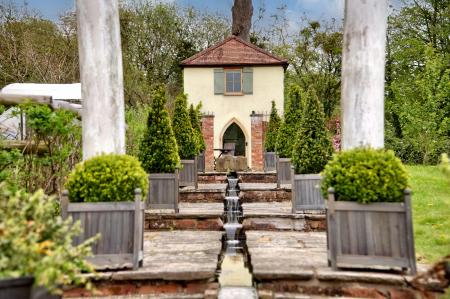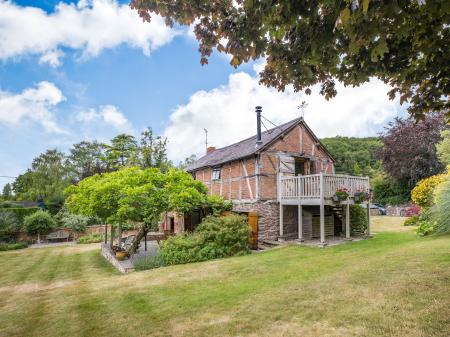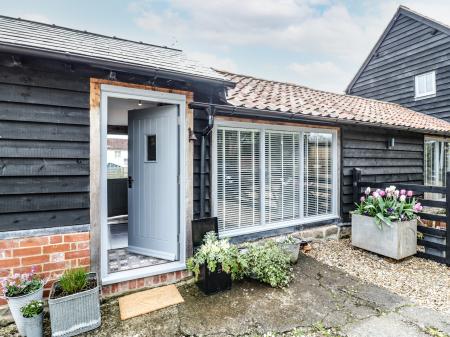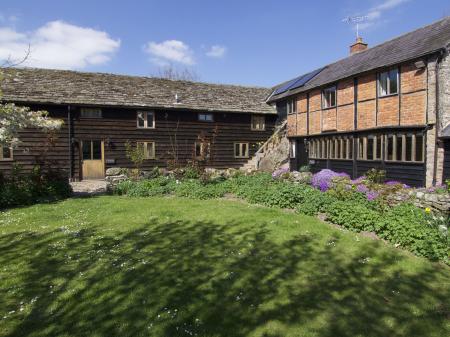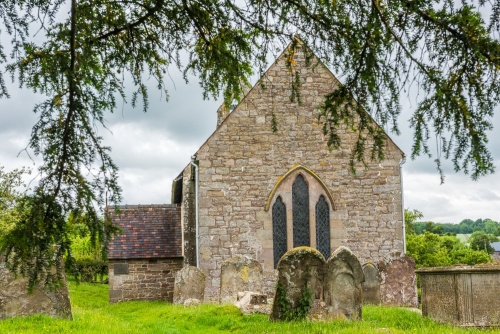
The building is extremely simple, composed of a nave and chancel, with entry through a south door. It is built of sandstone rubble dressed with sandstone ashlar, under a roof of Welsh slate tiles.
The Knight Brothers
In the churchyard are the graves of two local brothers, Thomas and Richard Knight. Richard was a prominent 19th-century archaeologist, and Thomas was an apple grower who pioneered several new varieties of that fruit. Thomas Knight's epitaph describes him in these terms:
He possessed a mind capable of investigating the most secret works of nature, a heart overflowing with true charity to all mankind, and a hand which never refused assistance to the deserving or withheld relief or consolation from the poor ...
There are further Knight family chest tombs and the grave of two 18th century Knight sisters, Ursula (d. 1777) and Barbara (d. 1780), made of sandstone and set on a large circular plinth.
Also in the churchyard is the base of a medieval cross thought to be of 14th-century date.
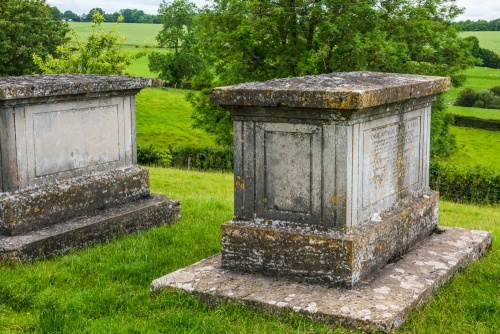
The Church Interior
The church is entered through a 12th-century doorway in the south wall, with a large lintel stone supporting a tympanum decorated with traditional Norman lozenge carvings. In the north wall is a blocked doorway with a triangular head, suggesting a late Saxon or early Norman date.
The chancel arch is 13th century, and the font is perhaps slightly earlier. The font is a very simple undecorated tub set upon a slightly larger base. You can see where the font rim has had to be repaired after staples to hold down the font cover were removed.
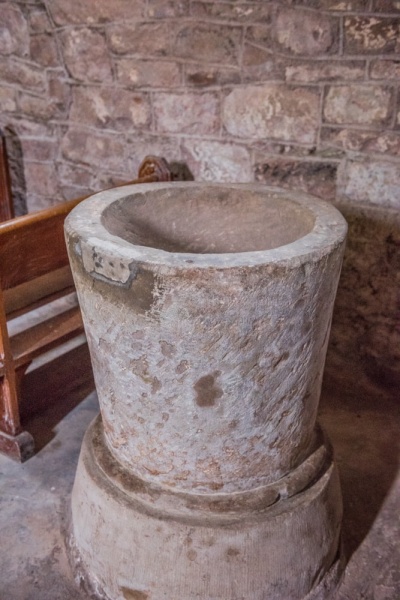
The oak pulpit dates to the 'golden age' of pulpit building in the early 17th century and is made from reused panels, as is the lectern.
There are very few monuments inside the church. On the north wall is a memorial to Lt Thomas Andrew Greville Rouse-Boughton-Knight, who died at Les Boeufs in 1916, and another to Rifleman Edward Charlton, a gamekeeper on the Wormsley Estate, killed near St Quentin in October 1918, just a month before the end of the war.
A look at local history reveals that in 1831 one of the church bells was stolen. It was discovered under an archway and returned to the church.
Wormsley church was restored in 1866 but was eventually made redundant in 1972. Since 1974 it has been in the care of the Churches Conservation Trust. It is usually open daily to visitors.
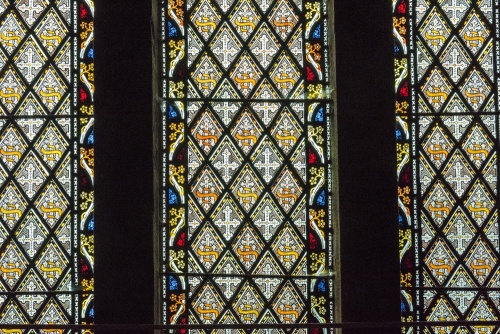
Getting There
The church is not the easiest to find. It is located in the midst of farm buildings off the minor road between Weobley to Tillington. Take the lane opposite Herefordshire Golf Club, which leads to a cluster of farm buildings.
There is no obvious place to park, so we pulled up in front of one of the farm buildings. Just be careful to not block access and respect private property. It also ought to be possible to park in the golf club parking area at the entrance to the lane and take the brief walk to the church.
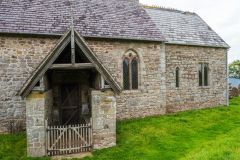
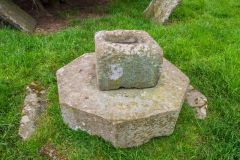
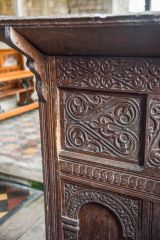
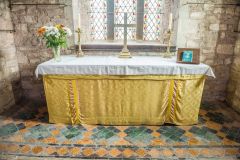
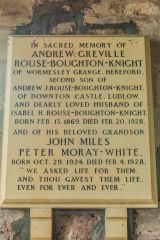
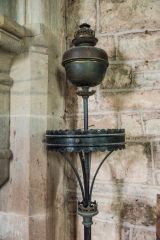
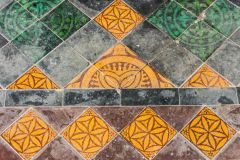
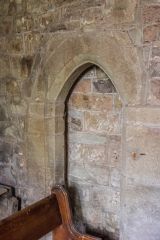
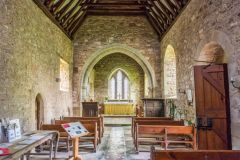
 We've 'tagged' this attraction information to help you find related historic attractions and learn more about major time periods mentioned.
We've 'tagged' this attraction information to help you find related historic attractions and learn more about major time periods mentioned.